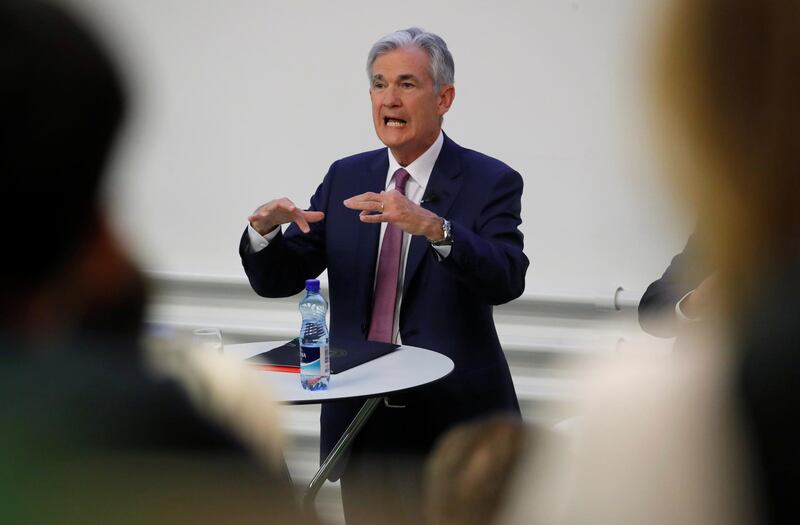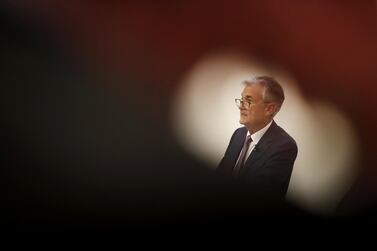Financial markets were rattled at the start of the week as the Saudi Aramco developments saw a surge of risk-off sentiment ensconce trading. Following the actions on Saturday, energy markets hit six-month highs as the West Texas Intermediary crude contract opened upwards at a gap of $7.40 (Dh27.18) a barrel to its current $62.
Meanwhile, Brent Crude opened $7.77 higher to its current $68 while the Dow Jones Industrial average futures were 0.41 per cent down and the S&P 500 was down 0.46 per cent. In the three days since the attack, markets have largely stabilised, however, the risk-off sentiment still appears to be prevailing.
The US Dollar Index, a weighted basket of currencies measured against the US dollar and a gauge of investor risk appetite, was up 0.61 per cent on the week at the time of writing. With initial estimates suggesting half of Saudi’s production went offline, this would equate to roughly 5 per cent of global supplies.
How long Saudi Aramco will take to get production back online will be a story to follow in the coming days. The company has committed to tapping into existing stocks to offset this disruption while President Donald Trump also committed to dipping into the US's strategic petroleum reserve to facilitate the resulting global supply and demand imbalance.
This of course does not account for the ensuing, and potentially escalating, geopolitical scenario which could see heightened tensions keep oil prices higher in the short term. Mr Trump said the US military is "locked and loaded", while it waits to hear who is behind these attacks. From the current levels, I expect resistance to kick in at $63.85 on the WTI crude contract with further upsides from here only a result of the aforementioned escalating tensions.
Moving to the currency markets, Wednesday will see the release of the US Federal Reserve interest rate decision. The 2019 theme for the Fed, and global central banks for that matter, has seen a change in policy to a more dovish stance. We saw the US central bank cut rates earlier this year, with many market participants confident of a second rate cute after the summer months.
While markets were pricing that second rate cut for this week, the likelihood is reduced heading into the announcement. At the start of the week, investors in the Fed funds futures market were pricing a more than 30 per cent chance the Fed would not change rates — this is up from the 0 per cent chance they would not cut just a month ago.
Improving US figures this month, as well as stronger inflation, have supported economists who believe the Fed may not need to touch rates at this juncture. What’s more, raising oil prices will only add upward price pressure on US consumer prices, which could force the Fed to sit back. While it is extremely tricky to predict the outcome of the high-risk event, it would be prudent to look at building new positions only after the news materialises. If the Fed doesn’t deliver a cut, expect rallies in the US dollar and vice versa. Keep an eye on how the voting in the Federal Open Market Committee goes. And if Fed chairman Powell’s press conference is positive and optimistic, expect further gains in the greenback.
This will also be an interesting few weeks for gold traders. After a stellar four months that saw gold rally from $1,280 an ounce to as high as $1,555 on the Dubai Gold & Commodities Exchange, September seems to be the correction month for the precious metal. Already down 2.4 per cent the month, expect choppy price action with the Fed decision this week. While the uncertainty of the decision could trigger more than $15 swings, for the rest of the month expect the precious metal to stabilise between $1,475 and $1,520.
Gaurav Kashyap is a market strategist at Equiti Global Markets. The views and opinions expressed in this article are those of the author and do not reflect the views of Equiti








